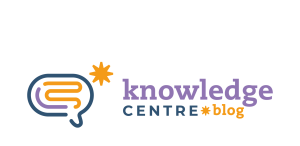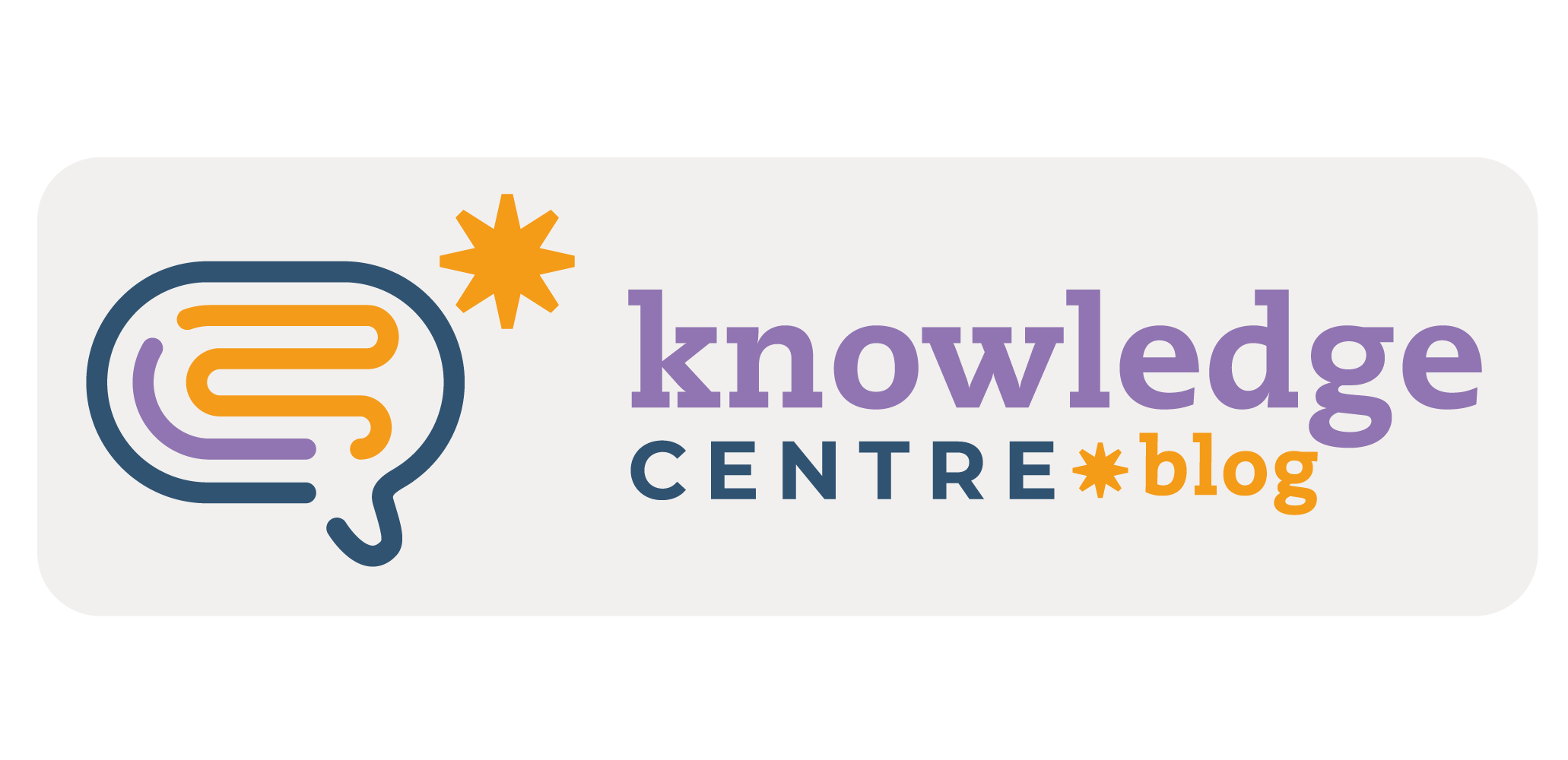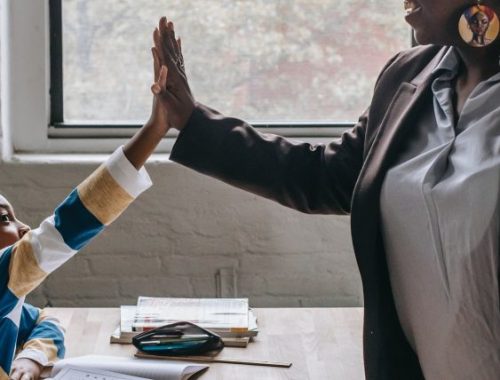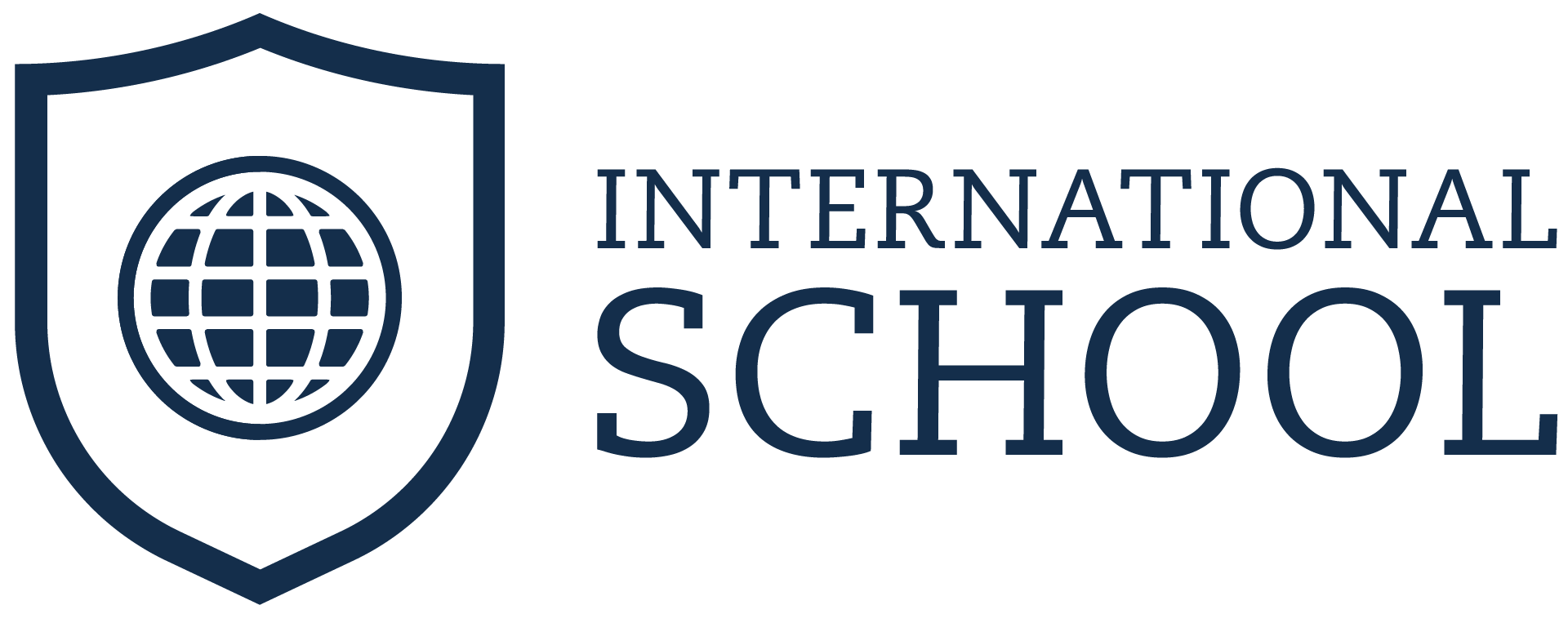Understanding how bilingual education is going to affect learners’ literacy process is a common concern among educators and families alike, mainly at the early stages of school life. In order to set the tone of this conversation, let me begin by presenting one of the many definitions of biliteracy, by Lüdi in Garcia, 2009: “The possession of, or access to, the competences and information required to accomplish literacy practices which an individual wishes to – or is compelled to – engage in everyday situations in two languages with their corresponding functions and in the corresponding cultural contexts.”
Another important fact to keep in mind while holding this discussion is that, to date, bilingual education is still not formally addressed in most higher education courses such as Languages or Pedagogy in Brazil. It is reassuring though that here at International School, we take responsibility for this knowledge input for teachers. There is an area in the company called Educational Development Centre – EDC – designated to empower not only educators, but all the educational community in as many aspects of bilingual education as possible so that learners are provided with the best bilingual education program.
In today’s increasingly multicultural and globalized world, it is becoming more and more important to bear in mind not only the language, but also the context, the media and the content when it comes to bilingual education and it is fundamental that educators be aware of the role of language education so that they can respond adequately to global and local pressures, to the demand of standard language varieties and the prevalence and valuing of non-standard ones, including the variety in learners’ repertoire and to the inevitable incidence of codeswitching, to name a few.
Educators are also expected to meet the needs of the work market making space for the multiple communicative media available presently expanding the traditional concept of reading and writing to other communicative modes such as visual, audio, spatial and behavioral while simultaneously developing learners management skills, interpretation of icons, signs and images such as those on the internet and all the other important items on the list of skills required for a near future.
At International School, biliteracy is approached in a contextualized, inclusive, enquiry-based and negotiated way uncovering learners’ repertoire and using it as a resource for their language and literacy development. Partner Educators are invited to adapt and elaborate on the suggested activities and content of the Teacher’s Manual in order to help their learners become bilingual, biliterate, and bicultural while developing 21st century skills and UNESCO pillars through CLIL and in accordance with the Brazilian national educational legislation.
Having in mind the biliteracy definition brought in the first paragraph, please share with us in the comments section below any evidence that your learners can understand and /or produce in everyday situations.
References
Hornberger, N.H. (2004) The continua of Biliteracy and the Bilingual Educator: Educational Linguistics in practice. University of Pennsylvania. International Journal of Bilingual Education and Bilingualism, Volume 7, Issues 2 & 3, Pages 155 – 171.
Garcia, O.; Beardsmore, H. B. (2009) Bilingual Education in the 21st Century: A Global Perspective. United Kingdom: Willey-Blackwell.
By EDC








